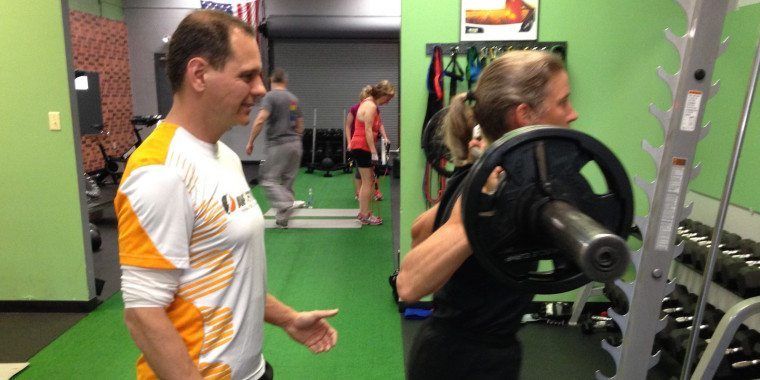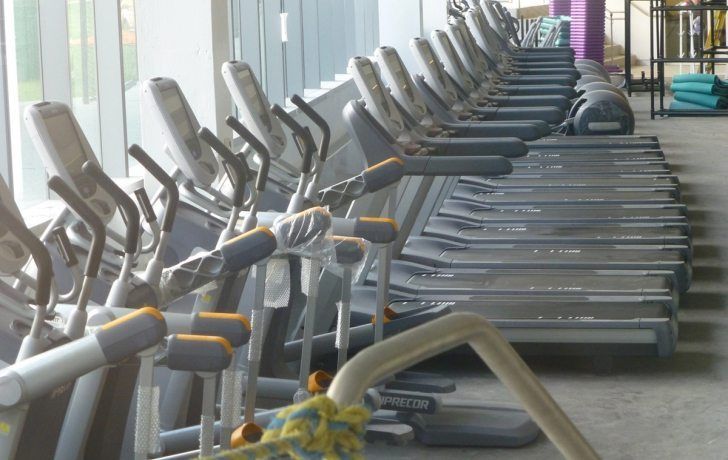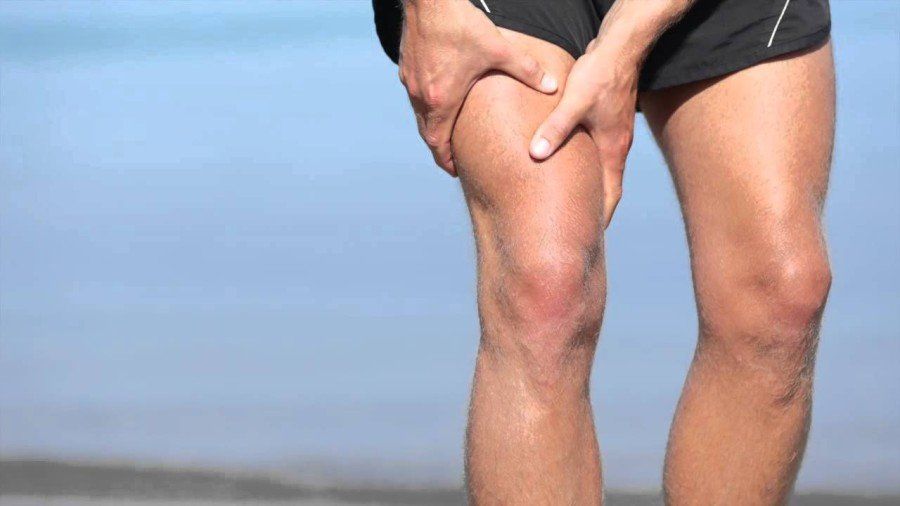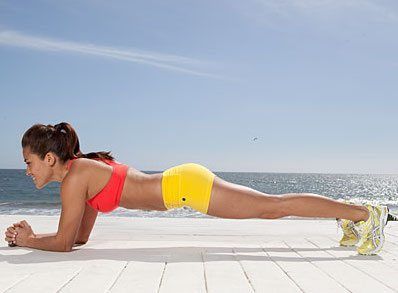Paul Simon once sang that there are 50 Ways to Leave your Lover, but did you know that there are at least 20 ways to perform a plank?
According to health.com, there are forearm planks (what many people think of when they think of planking), straight-arm planks, side planks, one-legged planks and planks with a side snatch.
No matter which version you choose to perform, planks benefit not only your physical fitness but also your general well-being.
According to livestrong.com, plank exercises help strengthen the midsection, upper-body and lower-body muscles along the front of your body. Planks also strengthen the inner core muscles that support your joints. The rectus abdominis and transverse abdominis that form your outer and inner abdominal muscles, respectively, are primary supporters during plank exercises. The abdominal obliques also stabilize the plank position isometrically. Upper-body stabilizers include the pectoral and serratus muscles. Lower-body stabilizers include the quadriceps, sartorius and tensor fasciae latae.
Planks can also be beneficial if you are suffering from back pain. According to the American College of Sports Medicine, back-strengthening exercises are crucial in maintaining functional movement and preventing back injuries for all populations.
“The back is probably the most commonly injured part of the body for all people,” said Dr. Michael Bracko, Ed.D., FACSM, said in a press release. “We can help prevent back injuries through not only strengthening the back muscles themselves, but also by working muscles that surround and support the spine, such as the abdominals.”
Among Bracko’s recommended exercises are front planks and side planks, starting with one set of 10 repetitions, three days per week, for each. After three weeks, try two sets of 15 repetitions, three or four days per week. After three weeks, perform two to three sets of 15 to 20 repetitions every day as part of a regular exercise program.
Finally, as
health.com points out, planks increase your flexibility by stretching out the back of your body, particularly your legs, and they test your balance, as you must engage your core in order to stay upright.












